For all the SOLIDWORKS designers and engineering enthusiast out there, I’m sure you have seen something like this come across your social feeds at one time or another cause I know I have. The question is which bucket will fill up first if water is poured continuously into the first bucket. I have spent some time in the comments sections of these puzzles and been baffled by some people’s logic and responses. Most of the time there is a trick like a closed drain or hole in a bucket but some people were so confident in their wrong answer that I started to doubt my own intuition. So I decided to make a puzzle of my own and verify my intuition with SOLIDWORKS Flow Simulation. The modeling was very easy with some revolves and thin extrudes and below is what I came up with. If you were at any of our rollout events this should look familiar.
I modified the problem statement a bit with some assumptions so everyone can understand the intent of the problem and to potentially combat any over-analyzed responses.
Water will be poured into bucket 1 at a slow enough flow rate that it will drain before it begins to fill. The system is open at the ends so there will be no buildup of air. Which bucket will fill first?
I had to modify the problem statement for a couple of reasons because if I dumped the ocean into the problem bucket 1 would fill first so we are assuming the flow rate is ideal for the buckets drain faster than they fill. This cross-sectional view shows lids on the buckets and those are only there to help define the boundaries in the flow simulation but are considered pipe openings so there will be no air buildup. I challenge you to examine this puzzle and determine which bucket will fill first. Before I give you the answer I am going to talk about the free surface flow simulation that I used to solve this puzzle.
Free surface lets you simulate flows with a freely moving interface between two immiscible fluids. It’s like water flowing in an open channel or a half full pipe. It uses the volume of fluid method for tracking and locating the free surface interface of gas-liquid or liquid-liquid pairs. Any phase change, rotation, porous media, or fans are not allowed. For more information and an additional example of free surface flow inside of SOLIDWORKS flow simulation check out this BLOG.
So now I present the solution brought to you by SOLIDWORKS Flow Simulation. I am happy to say that the simulation went just as I planned, giving me a lot of confidence in my own intuition and the capabilities of SOLIDWORKS flow simulation.
For more information, check out our website to get a SOLIDWORKS Flow Simulation Quote or contact us at Hawk Ridge Systems today. Thanks for reading!
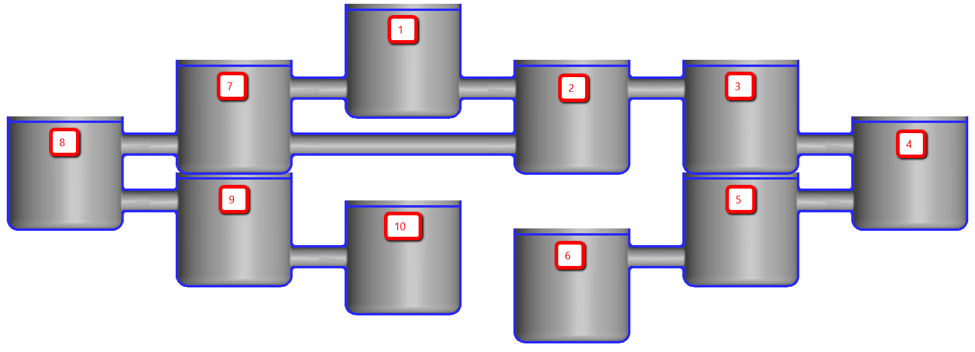

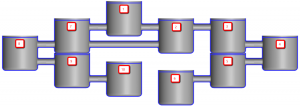
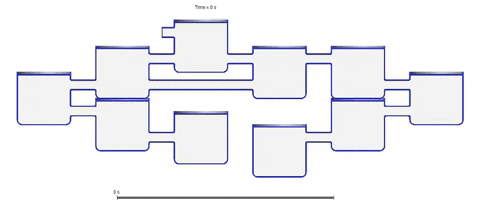

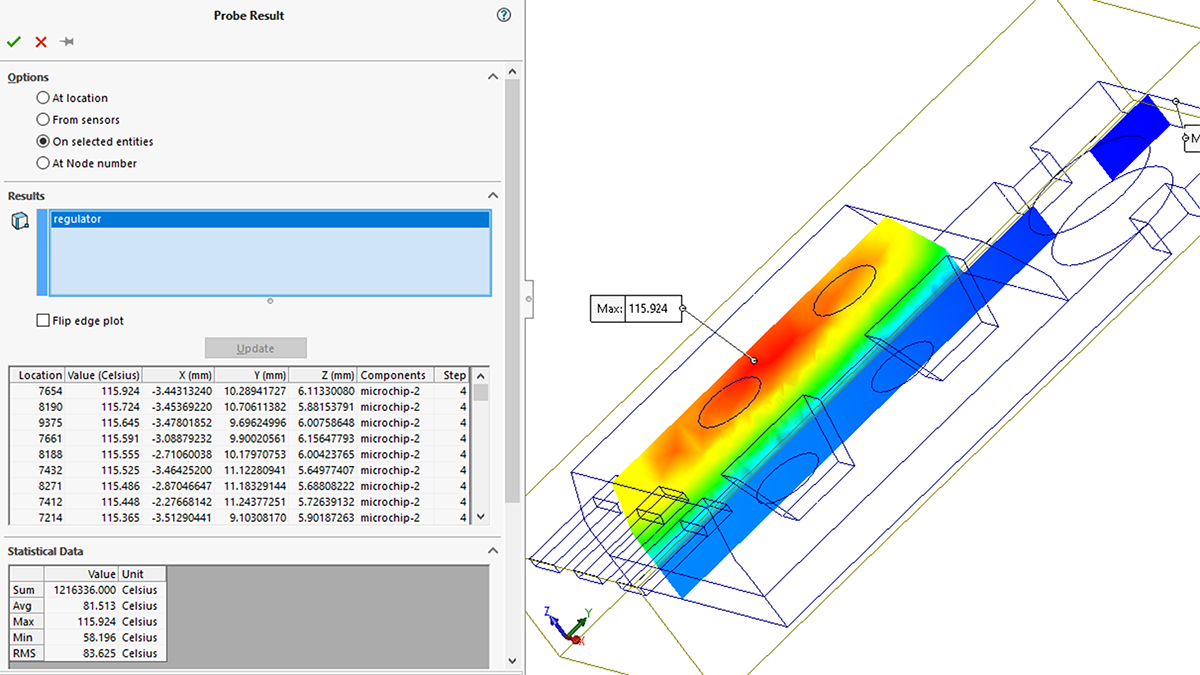

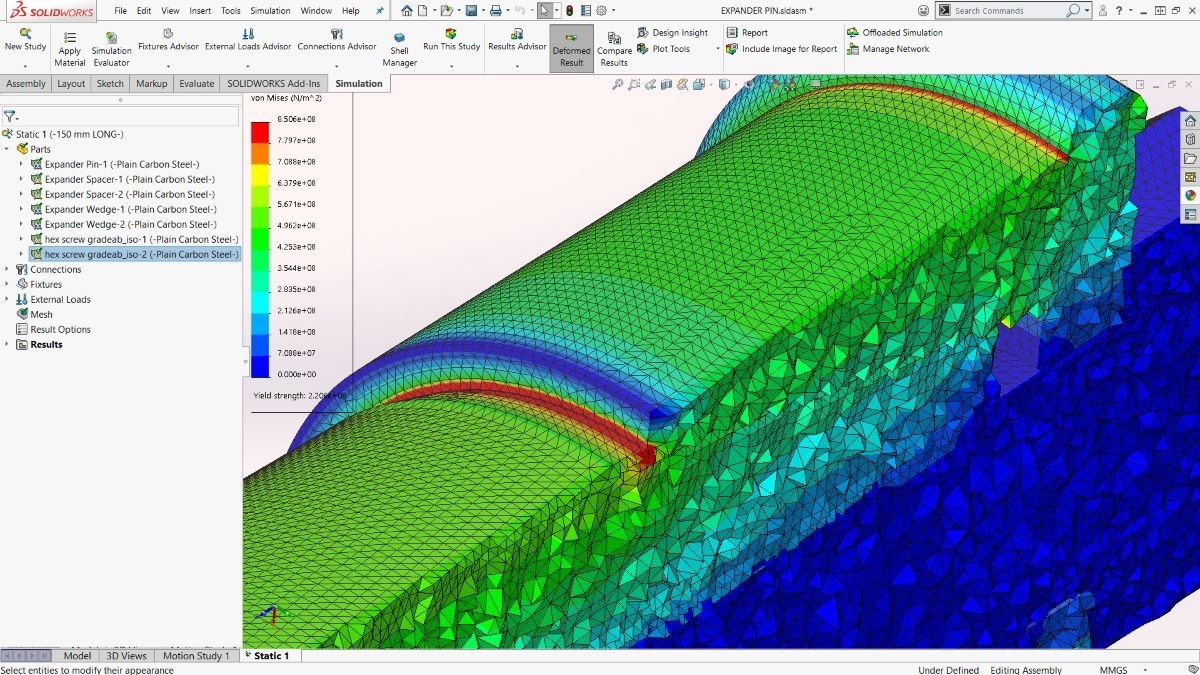
Hi Dayne,
My name is Peter Stang. I am a retired mechanical engineer and have obtained patent pending status on an invention which call the Neptune Separator. I need to have some flow simulations carried out on my invention and would like to know if there is anyone you could recommend to help me.